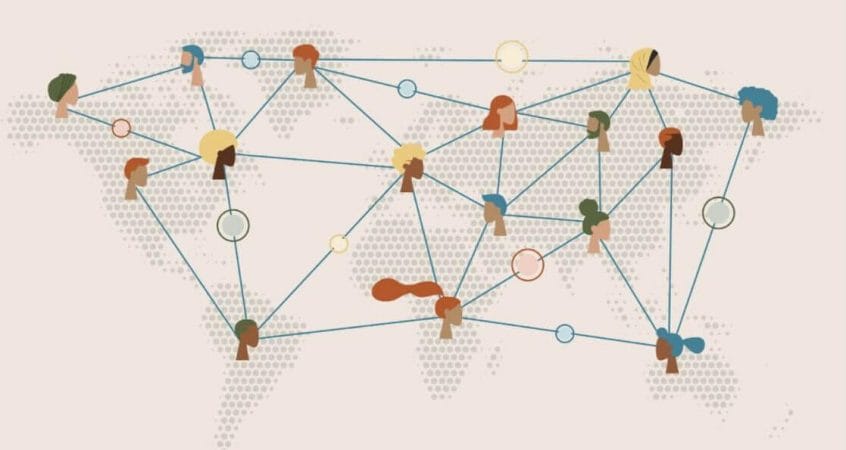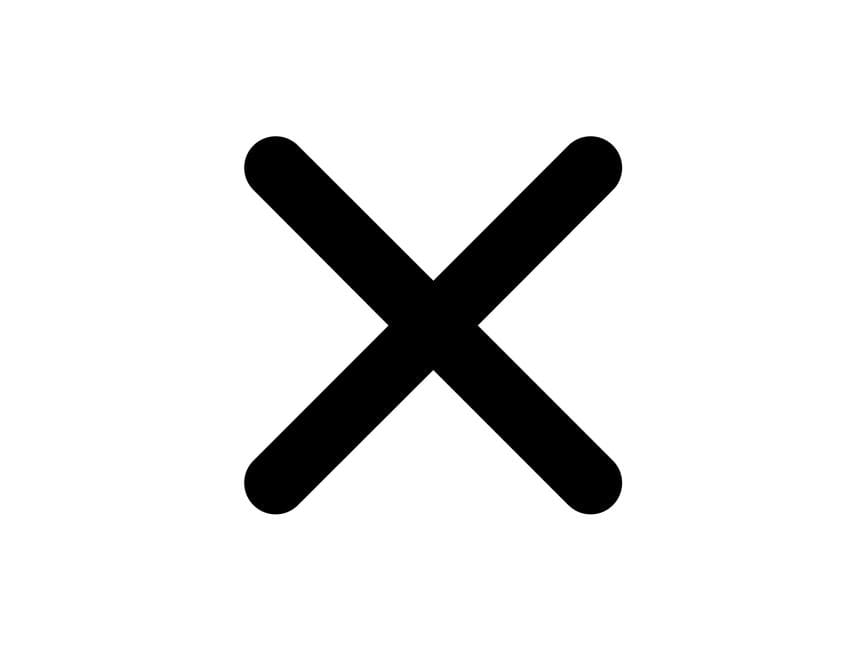A New Web of Creators
Our lives had already become much more atomised than they were a decade or two ago before the Covid-19 pandemic accelerated the fragmentation of society into even smaller, siloed units. More people than ever are now working from home, opting for home-based forms of leisure and diminishing contact with the larger community.
As the mainstream community ceases to become a source of engagement, smaller, interest-based groups can step in to replace the connection once supplied by town centres and neighbourhood committees.
Amongst them are many who participate in what is now known as the creator economy, a segment which continues to grow, particularly as the internet has democratised modes of creating and distributing work.

This burgeoning creator economy, consisting of businesses owned by content creators and the like, has become one of the driving forces of the internet. While the most visible face of the creator economy is the social media content creator, millions of others are finding new avenues of creation and monetisation.
A corollary of the creator economy is the passion economy, a growing industry in which participants seek to monetise what they love to do.
In more pragmatic times, a common perception was that only a lucky and talented few would be able to make a satisfactory living from their passions. But the internet has removed gatekeepers and birthed a free-for-all arena in which creators hustle to unearth more innovative ways to monetise what they have to offer, and then compete amongst each other for consumers’ attention.
Digital platforms like Patreon and Substack now enable creators to build a following of supporters willing to pay for what they offer, while livestreaming and videochat has extended the reach of teachers and experts beyond their local areas.
All this has led to a frenzied fever pitch of creation, not just by individuals with control over their output, but also by corporations for whom creation is either a marketing tool, a monetised product in itself or both. In this scenario, the creator is a tool to be exploited, either through hiring or outsourcing. Salaried content creators decry unrealistic volumes of work and the expectation to constantly churn out a neverending stream of content.
It is thus unsurprising that creators now look to participation in the ownership economy as the solution to their problems. In the ownership economy, the participants of the system also have a stake in it. Offering employee stock options is one of the most common examples of how this works.
Blockchain technology is opening up new avenues for participation in the ownership economy, with some creators turning to non-fungible tokens (NFTs) as a way to distribute and monetise their work while bypassing gatekeepers like publishing houses.

Figment is excited to be a part of the nascent Web3.0 Creator Economy through our NFT Residency and FGMNT, our first NFT Museum opening in Singapore later this year. While not necessarily fully embraced yet by legacy actors in the art market, we believe that greater accessibility, lower transaction costs and broader application use cases will lead to a thriving and enduring NFT ecosystem. What better way is there for Figment to placemake digitally than promoting a heightened sense of belonging through the ownership of NFTs?







Comments